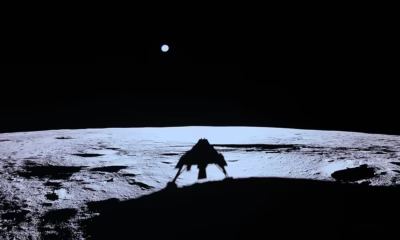

With Blue Ghost's successful soft-landing, Firefly Aerospace has become only the first private company ever to have a lunar probe intact on the lunar surface.


While governments are becoming more aware of solar storms, space weather still remains a low priority


This achievement moves quantum computing closer to becoming a transformative tool for science and technology


This new research, however, offers compelling evidence of quantum systems' power in a real-world scenario


The BCI-based robotic hand exoskeleton utilizes a unique closed-loop control system to actively engage the patient’s brain during therapy


Rajagopala Chidambaram (1936–2025), a man whose work shaped the future of modern India, will always be remembered as the chief architect of India's nuclear journey.


As the world celebrates the 131st birth anniversary of S.N. Bose, EdPublica explores the theoretical physicist's unparalleled contributions to the field of quantum mechanics


New Insights into Hydrogen-Deficient Stars: Study of Planetary Nebula IC 2003 Reveals Key Evolutionary Clues


This marks the first time such small asteroids in the asteroid belt have been spotted, potentially leading to better tracking of near-Earth objects that could pose...


Swift J1727 is the first such black hole to be observed by IXPE as it went through the stages of an X-ray outburst, from its onset...